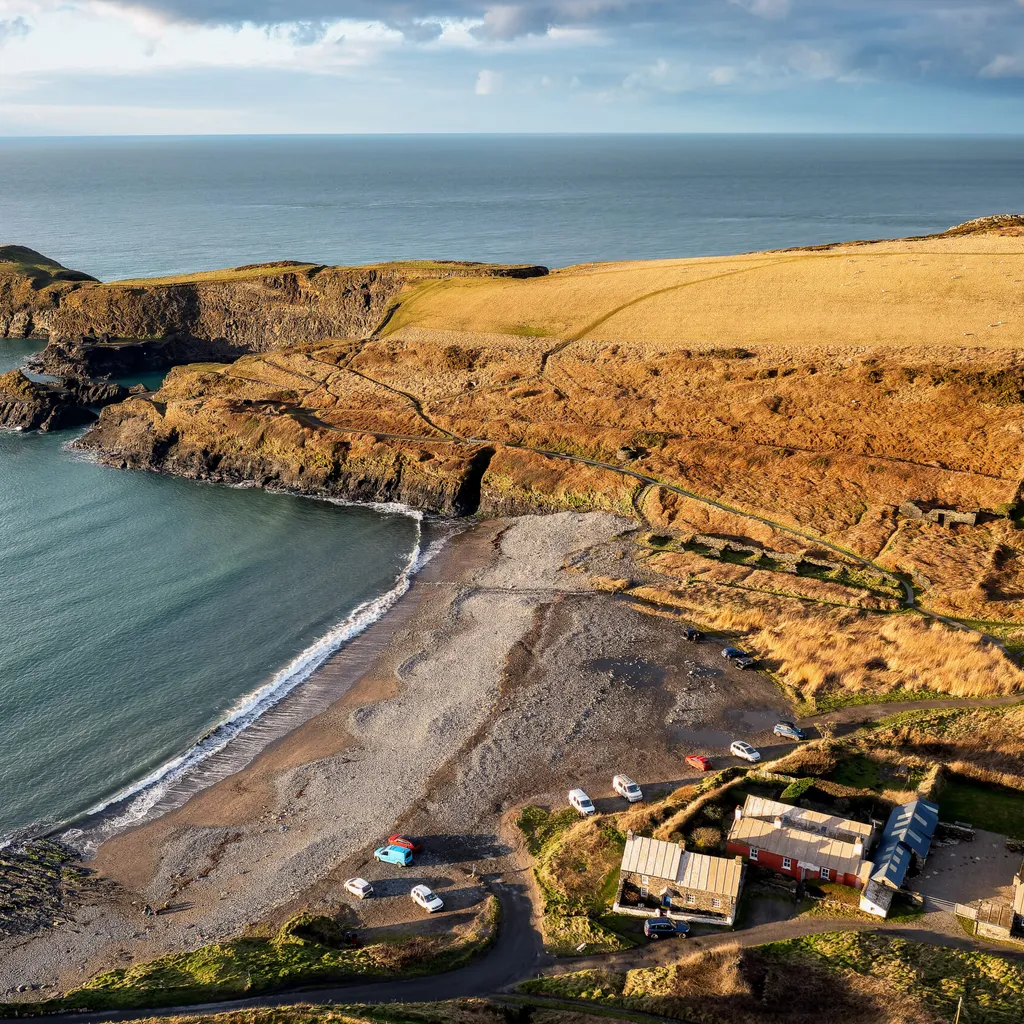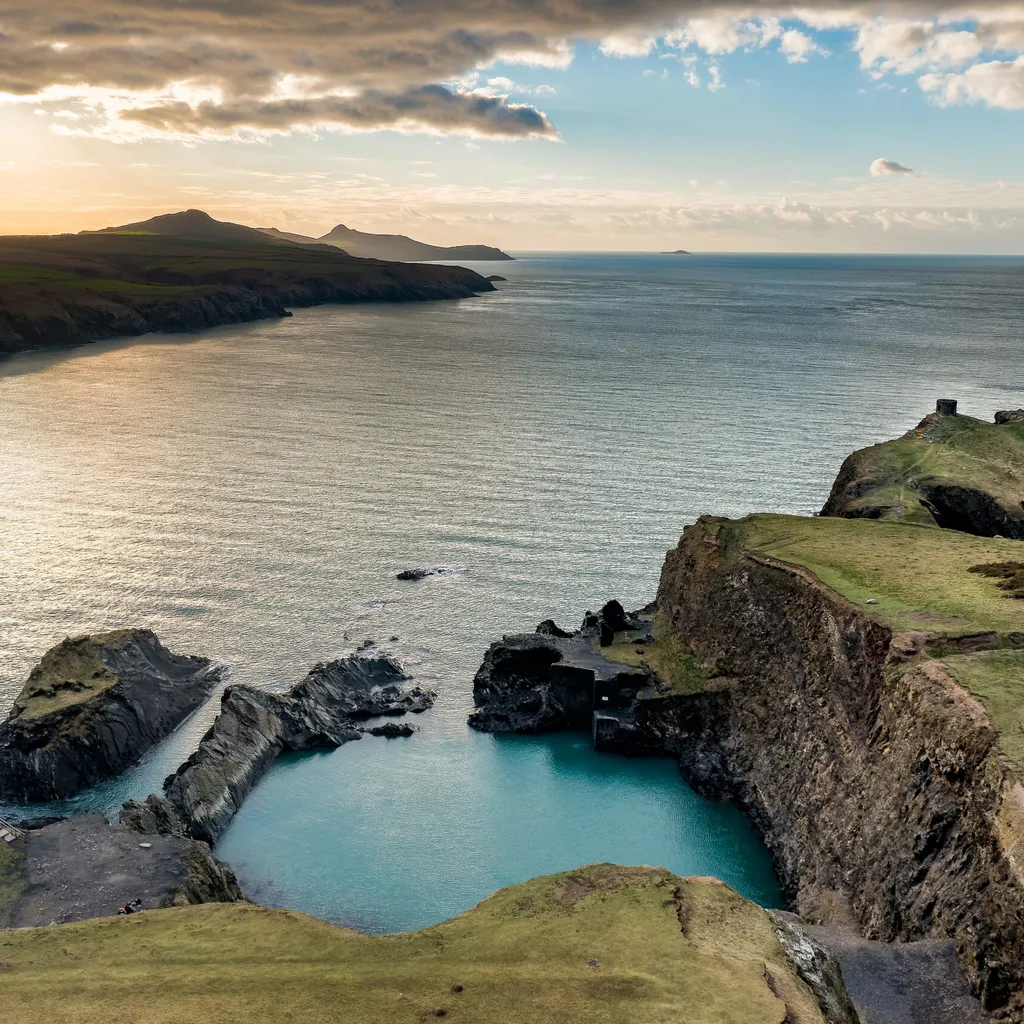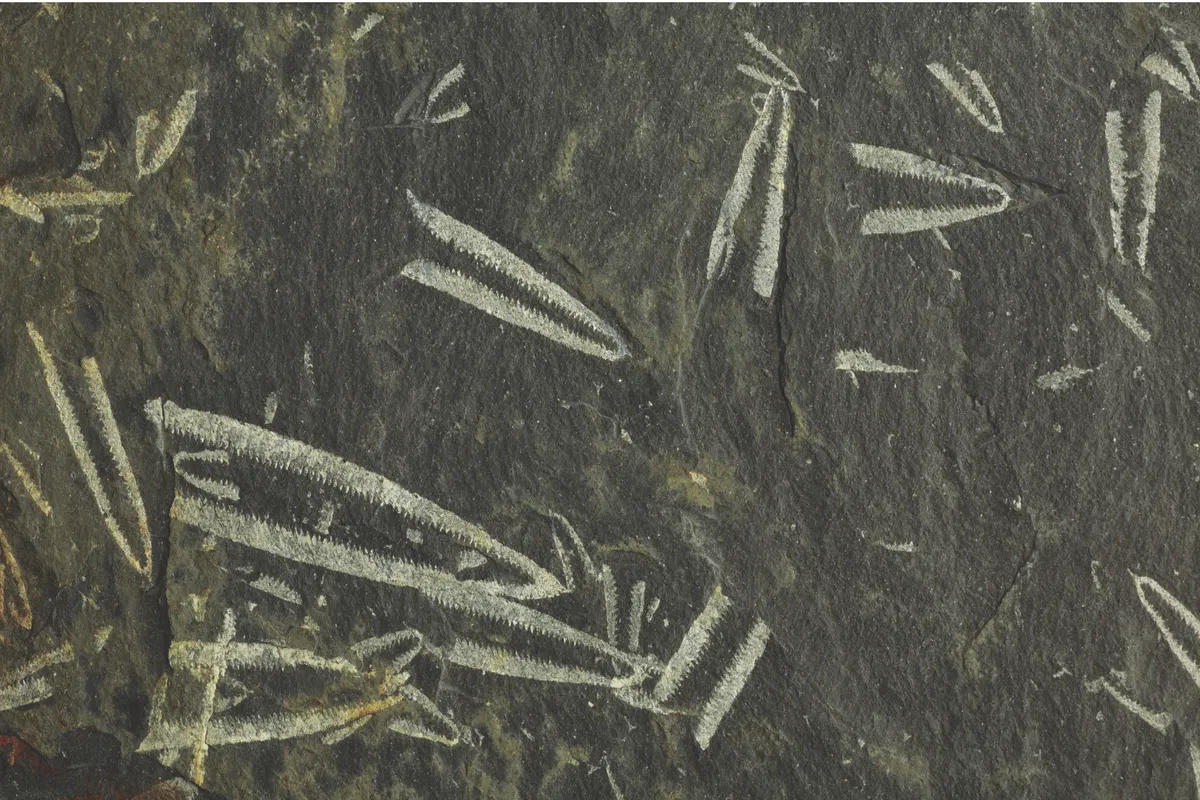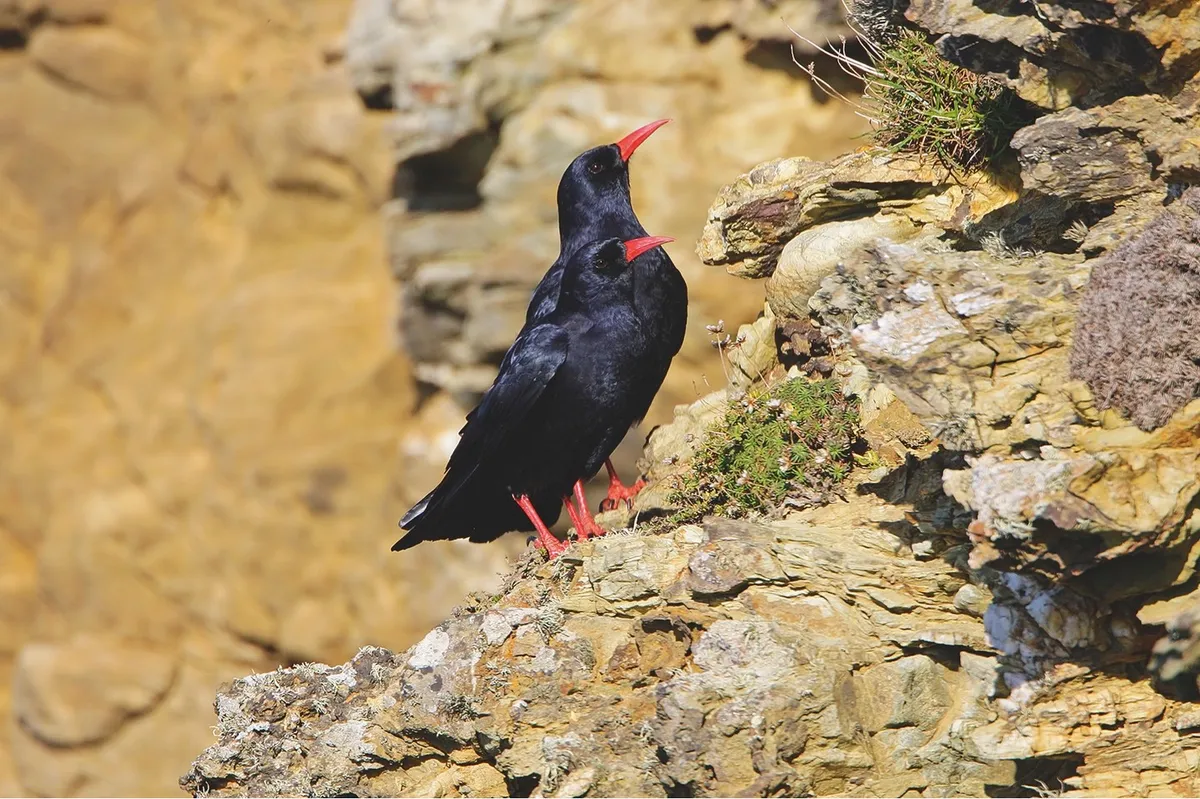Where is Abereiddy Bay
Abereiddy Bay is located on the Pembrokeshire Coast in West Wales.
Abereiddy Beach

Relax on the pebble and sand, dog-friendly beach, perfect for a leisurely day by the sea.
The Blue Lagoon at Abereiddy

Just a short walk to the north of the beach you'll find the stunning Blue Lagoon. A former slate quarry, it's a must-see attraction with its deep blue waters surrounded by rugged cliffs.
When slate quarrying ceased in 1901, the sea broke through into the quarry, creating a vivid blue harbour, protected from the strong currents of Abereiddy Bay.
These days the Blue Lagoon is popular for water activities such as kayaking and coasteering.
The National Trust closes the Lagoon from the last Saturday in September to the first Saturday in November to protect breeding seals. This date may be subject to change, check The National Trust for details.
Useful information:
Getting there
The most convenient access to the Blue Lagoon is the Abereiddy Beach car park. However, once you've negotiated the narrow roads getting to it, beware that this car park is a rough-and-ready affair, with a loose chipping surace and no space markings. As it quickly fills up in the summer, it's best to arrive early or late on holidays and weekends to try and secure a space.
- Parking costs £5 for the day (cash only) and there are public toilets.
- It's a 5-minute walk to the Blue Lagoon and it's wheelchair-accessible.
- Cafes, pubs and shops can all be found in St David's 5 miles away.
Fossil hunting at Abereiddy Beach
Holidaymakers throw them aside to lay down towels, and coasteerers step over them in a hurry to get to the Blue Lagoon. Few know how remarkable these tuning-fork-shaped rocks with comb-like arms are.
So ancient, they predate the dinosaurs; so short-lived, they existed only between 470 and 464 million years ago, and so unique, they occupied an ecological niche of their own, like today’s jellyfish.

Graptolites – derived from the Greek words ‘writing’ (graptos) and ‘stone’ (lithos) – were planktonic organisms that drifted about the oceans feeding on algae. Some species even evolved into worm-like filter feeders known as pterobranchs that still live on the ocean floor today. Just imagine, these ‘scribbled on’ rocks found at Abereiddy Bay contain the remains of organisms with a half-billion-year-long history.
Coastal walk from Porthgain to Abereiddy Bay
Abereiddy Bay is easily reached from the car park, but a far nicer approach is to walk there along the clifftops from Porthgain. The land is owned by the National Trust and is part of the Pembrokeshire Coast National Park.
Porthgain is a pretty village with a hook-shaped breakwater chiselled into the cliffs. From the 1850s, slate, brick and then granite were quarried here, and the crushed stone dispensed from huge brick hoppers ready for export by train and ship. The hoppers, and earlier buildings including the limekiln and pilot’s house, still stand today.
From Porthgain harbour, take the coast path south-west, climbing high above formidable rocks. The views are breathtaking. Look out for gannets and choughs; you may even catch a glimpse of a porpoise or a seal out at sea.

From Abereiddy, you can catch the Strumble Shuttle bus back to Porthgain, or continue inland on a circular walk (signposted) back to where you started. Leave time for refreshments at Porthgain, either in the 18th-century Sloop Inn or The Shed Bistro, which was once the machine shop for the engines that operated the brickworks.
Where to stay near Aberieddy Bay
- Vrbo: Over 200 holiday lettings near Abereiddy Bay, Pembrokeshire
- Booking.com: Hotels nearby Abereiddy Bay, Pembrokshire
- Coastal Cottages: A collection of 75 holiday cottages in Abereiddy, Pembrokeshire
Looking for more Days Out inspiration in the area?
Our experts have put together guides to the best walks in Pembrokeshire and the Pembrokeshire Coast National Park. For more information about fossil hunting, check out how to discover treasure in Britain.

